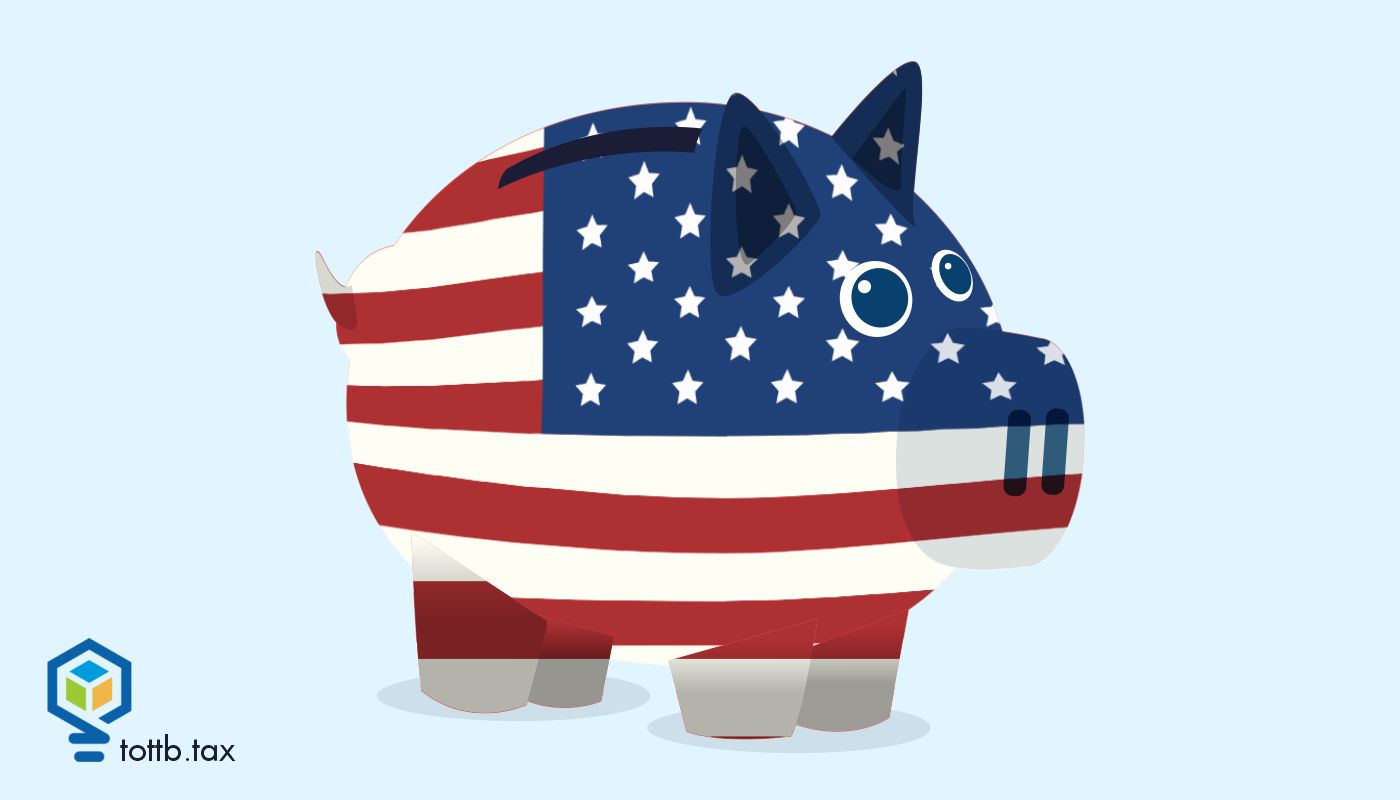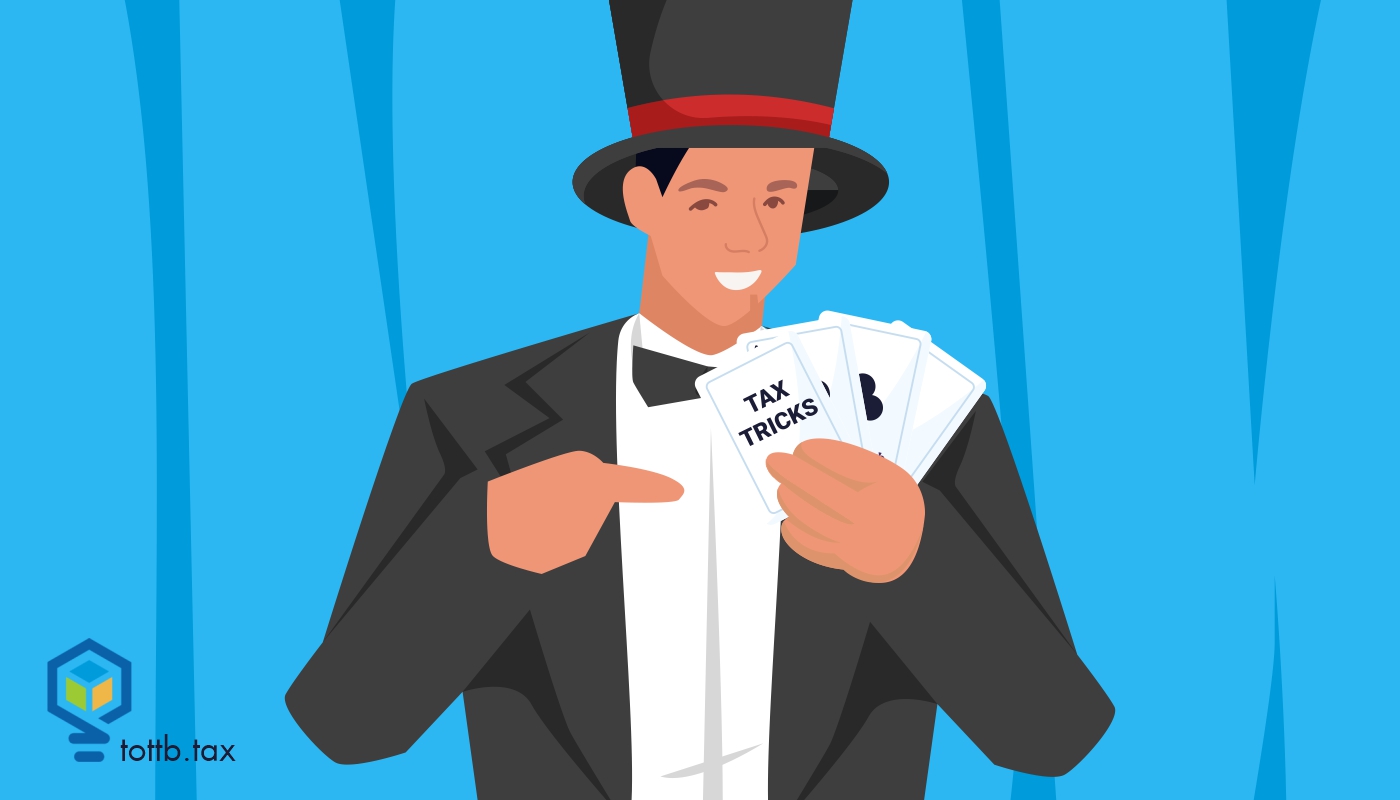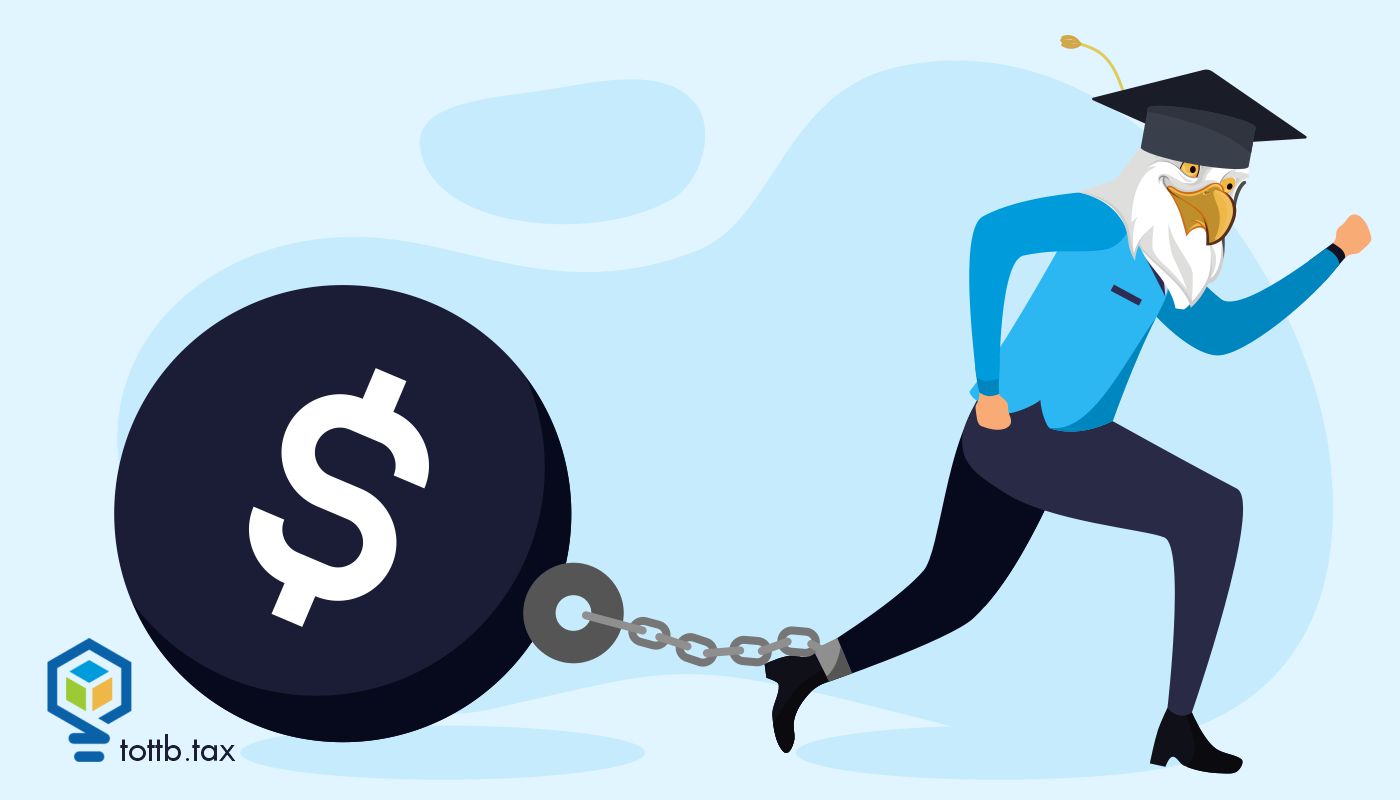On the website for Axium Wealth, Charles Dombek tells us that: “Most CPAs are historians that tell their clients how much they make, how much they owe, when and where to file their taxes, and oftentimes how to write large checks at the last minute when you least expect.” When it comes to Axium, though: “We help clients recover dollars they unnecessarily pay in State and Federal income taxes.” Axium also helps clients diversify capital into off-market passive real estate and alternative investments. Before Axium, there was The Optimal-Financial Group LLC. Of course many of the readers of Think Outside The Tax Box are CPAs, or EAs or others who both help their clients be compliant and advise on ways to minimize their liability. When I was practicing I would call the things I might suggest my “bag of tricks.”

An Analysis of the OBBBA’s Trump Accounts (Part 1)
The One Big Beautiful Bill Act, signed into law by President Trump on July 4, 2025, added a new tax saving tool for minors, the aptly named Trump Accounts. In this article, I go over the details of the new Trump Accounts. In part II, I will discuss some of the potential tax planning opportunities and pitfalls related to the new accounts.






